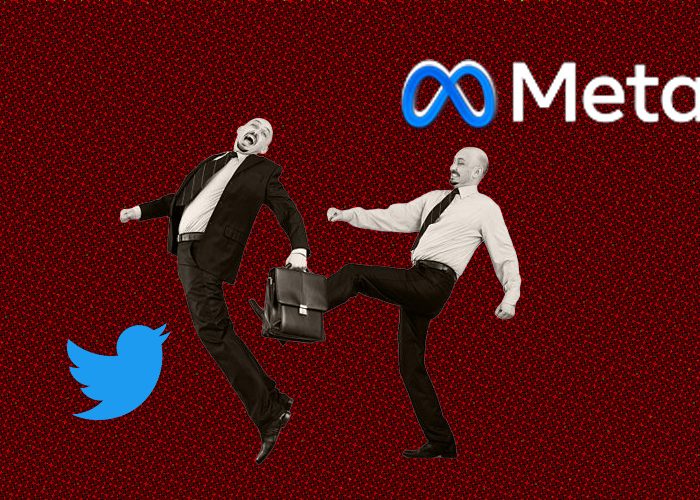It is more crucial than ever to examine why such a binge is materialising on such a massive scale, given the circumstances that are now occurring in the tech sector. It should be noted that Meta reported a second consecutive quarter of falling revenue last month. Additionally, a forecast of approaching misery regarding a potential fourth-quarter decline was included in this.
Additionally, it is now evident that digital advertisers are reducing their spending. But one might ponder the necessity of it. The murky economic climate and global forecasts must be the cause.
As the possibility of rising inflation stretches across multiple industries, consumer spending is dropping. Businesses are being impacted by organisational issues with investors in addition to macroeconomic issues. Some applications, including Facebook, are experiencing speed issues as a result of Apple’s iOS privacy change, which has also seriously impacted their ad targeting approach.
The enormous internet corporations’ privacy scandals are receiving more attention, which is causing their revenue and sales projections to decline. Consumer targeting has suffered, which has had a significant negative impact on the global revenues of tech and IT companies.
With some major corporations reporting disappointment, one-fourth of Meta’s market cap has been lost as a result of its laborious and pitiful fourth-quarter guidance. The Meta stock has now fallen dramatically and effectively to its lowest level since 2016.
The company has been negatively impacted not only by the backing of investors and customers but also by fierce rivalry from rivals like TikTok and a general downturn in online ad expenditure, which was the company’s primary source of income and survival. The Musk administration made similar claims, claiming that Twitter was losing more than $4 million every day.
The Difficult Case Of Job Losses & Declining Profits
The company must reduce its variable costs because profits are falling and organisational costs are rising. The recent layoffs that have occurred across businesses in different sectors are proof of this.
The company’s personnel is heavily regarded as a variable aspect of production. Therefore, the first people to die in times of difficulties or stress are the employees. Many people might also attribute the same problem to lax employment laws.
No matter how accurate the theory of lax employment protection is, one cannot discount the role of economic complexities and arbitrariness in the current wave of massive layoffs. Employers can be given some leeway next year because a recession is likely to start soon.
The Macroeconomic Instability
Macroeconomic factors are crucial in understanding the justification behind the widespread layoffs, especially if employers’ problems and justifications are to be closely examined.
The compulsory cuts have been judged necessary due to rising inflation, a greater rate of inflation, concerns about an impending recession, tighter budgets for investments, energy shocks, and a lack of startup finance. When all the elements are considered, they loudly proclaim that FY22 marks the start of a new economic era.
It is past time for the government to step in and control the employment sector with strict employment standards and laws, especially with layoffs on the rise and the rising inflation burning a hole in a consumer’s purse.
Governments should endeavour to develop the market’s infrastructure for jobs in addition to implementing programs for employment justice. This is easier said than done, though. Macroeconomic stability and increasing prices limit what the banks can do to help create jobs.












